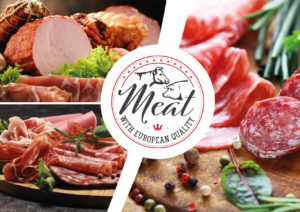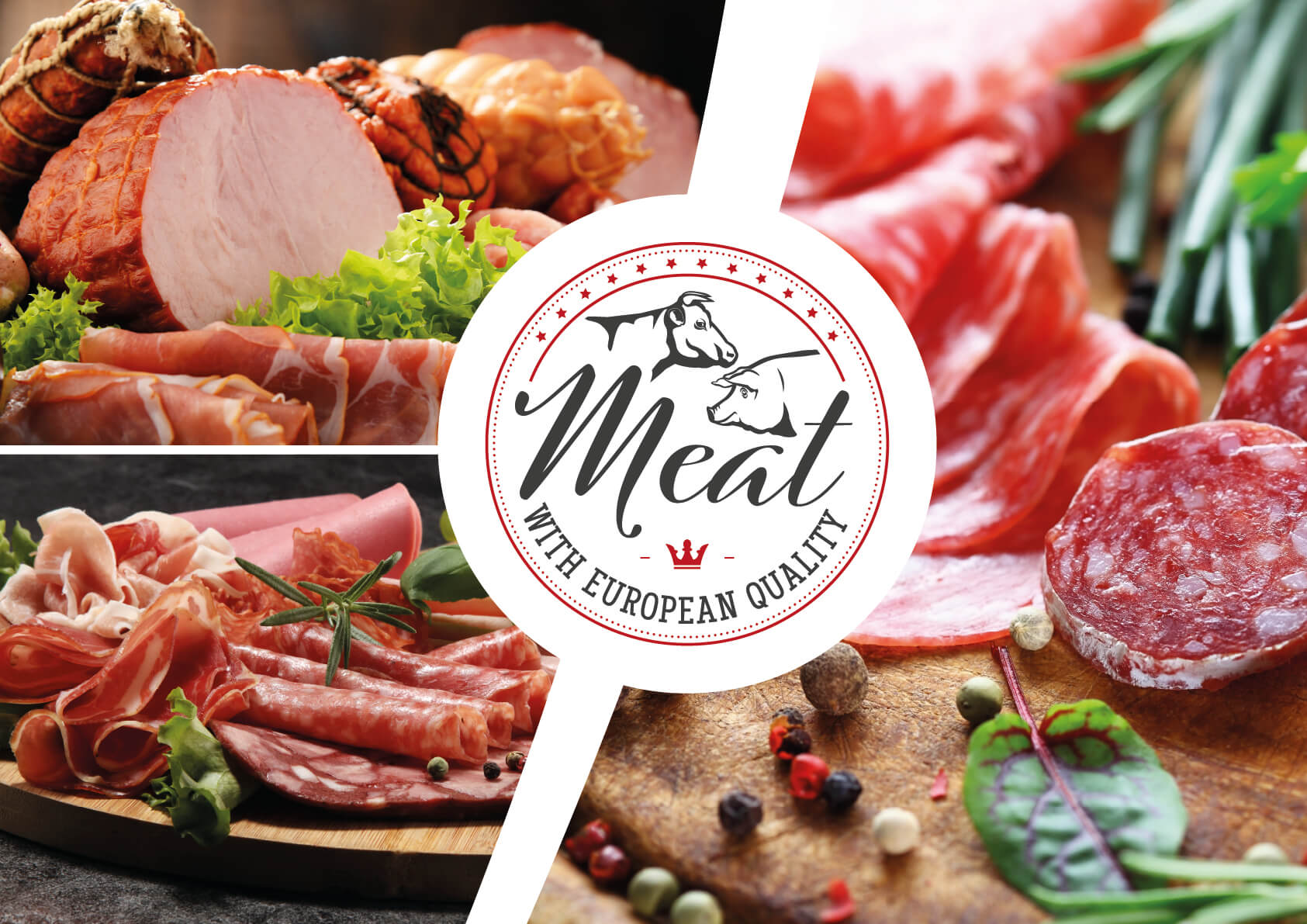Surely many of you have had an opportunity to try Italian Parma ham, Spanish jamón ibérico (Iberian ham), German Black Forest ham or French Jambon de Bayonne. A wonderful taste and unique aroma are just two of the many advantages of these delicious products. Not many people are aware that matured cold cuts are some of the oldest meat products in the world. These typical European products were already known almost three thousand years ago – in ancient times[1]. Today, everyone can see for themselves that the traditional recipe does not need any unnecessary additives to guarantee European products an extraordinary taste.
The maturing process was already popular in antiquity, where it was used to produce easily transportable products for the Roman army[2]. Already at that time, matured meats were exported to other countries and regions, where local communities had not yet mastered the art of making matured meats[3]. Currently, matured products are exported worldwide, also to North America.
In the past, the process of producing matured meats usually started in winter with the selection and slaughter of mature animals. The colder climate in winter meant limited availability of feed and also helped store fresh meat in better conditions. At that time, pigs were also commonly grazed in oak woods[4]. These animals fed on leaves, acorns and what they managed to find in the litter. This type of grazing system is still used to produce the famous jamon iberico ham, which is based on meat from pigs grazing in oak woods[5]. Today we call this method of production agroforestry. It is a system that combines the advantages of agriculture with those of forestry, thus allowing more stability of agro-systems and supporting the fight against climate change. It is worth noting that agroforestry is within the scope of actions of the European Green Deal[6].
The maturing process itself usually consists of several key stages, which are very simple.
- At the beginning the best pieces of meat are selected. Careful selection is required due to the lack of heat treatment of the raw material at high temperatures. It is worth noting that matured products are divided into products such as cold cuts (often ground product, e.g. salami) and whole pieces (e.g. leg – jamon iberico). At this stage, the key parameters for meat selection are the right pH (not higher than 6.2), the right colour, the right temperature and an even shape. Once the best pieces have been selected, they are processed – pieces that are bloody or contain too much fat or skin are removed[7].
- Then the initial salting stage takes place. This is a very important process, because when done incorrectly , salting can result in unattractive, grey meat[8]. The meat is rubbed and left in salt for several days. It’s worth knowing that in this process the meat starts to give off water. The duration may vary depending on the final product as well as the piece and type of meat processed. It is assumed that this process takes about one day for every kilo of meat[9]. Afterwards, the salt is removed from the product surface.
- After salting, the maturing process begins. It is crucial for the colour, taste and smell of the product[10]. At this stage, effective microbiological activity begins, giving the raw meat a unique taste, characteristic for matured meats. The product hangs for about a month at a temperature of about 37-41oF in high humidity conditions. At this stage, the salt penetrates into the meat. That is why the maturing process was developed especially in the Mediterranean basin, where it was easy to find such locations. After the initial maturing stage, drying begins – the temperature is raised and the humidity is lowered. At the end, the ultimate maturing stage occurs – the temperature is raised again and the humidity is lowered again. The final product may have 35% less water than the meat at the beginning of the process.
As you can see, there is no room for artificial additives in matured products. The subject of salt is often raised with regard to matured products. It is worth noting that the European Union is a leader not only in sustainable agriculture, but also in consumer health. A number of measures have been taken in the Union to reduce the salt content in products[11].
Therefore, when buying matured meats from Europe you can be sure that the product contains as little salt as possible and that the meat product offers a unique taste and high quality, while maintaining its shelf life. All these are the characteristics of products made of European meat.

- [1] http://pods.dasnr.okstate.edu/docushare/dsweb/Get/Document-2055/ANSI-3994web.pdf
- [2] https://toscanaslc.com/blog/italian-dry-cured-meats/
- [3] http://www.dietamediterraneadiriferimento.net/index.php?option=com_content&view=article&id=108&Itemid=541&lang=en
- [4] https://www.salumisap.com/en/the-history-of-frignano-s3
- [5] https://www.tapas-shop.com/en/info/faq-cured-meat.html
- [6] https://eur-lex.europa.eu/legal-content/PL/TXT/HTML/?uri=CELEX:52019DC0640&from=DE
- [7] https://www.tesisenred.net/bitstream/handle/10803/6675/11ProcesIntroduccio.PDF?sequence=11&isAllowed=y
- [8] https://nchfp.uga.edu/publications/nchfp/lit_rev/cure_smoke_cure.html
- [9] https://pdfs.semanticscholar.org/69b0/9ff3ed309e5f2225e57f6b2bdb850a818139.pdf
- [10] http://toulouse.inra.frwww.pttz.org/zyw/wyd/czas/2012,%206(85)/13_Wesierska.pdf
- [11] https://ec.europa.eu/health/sites/health/files/nutrition_physical_activity/docs/salt_report1_en.pdf
